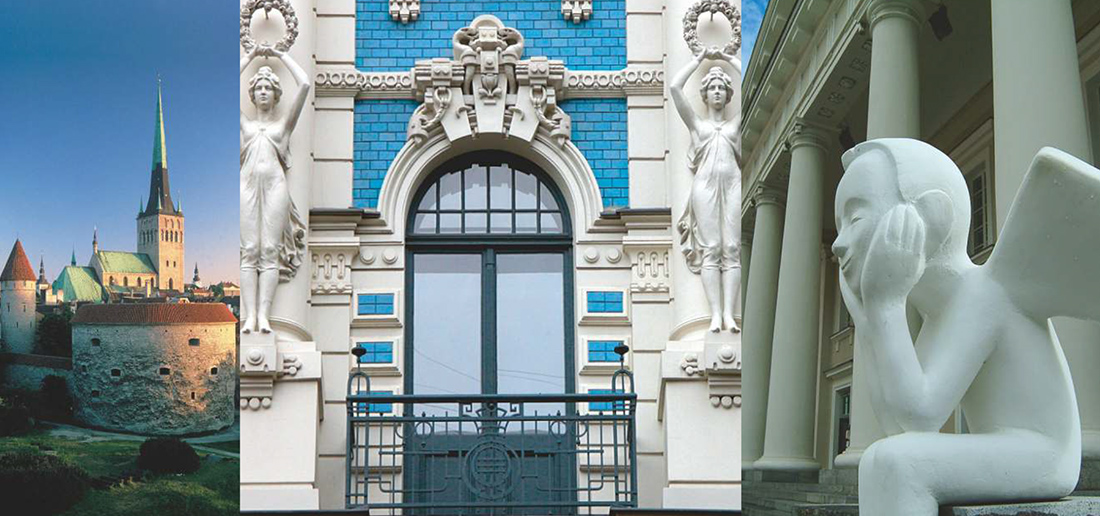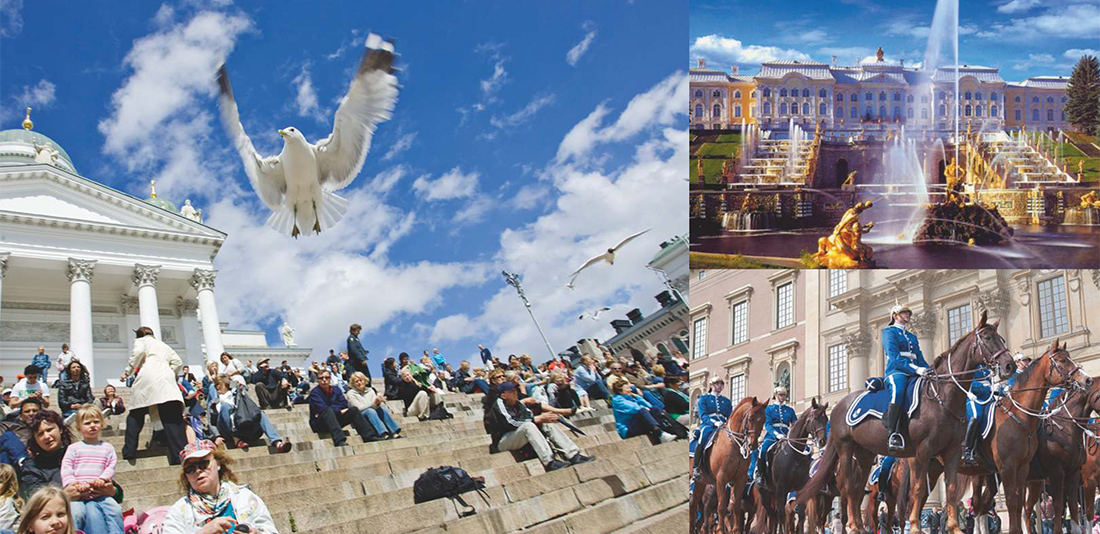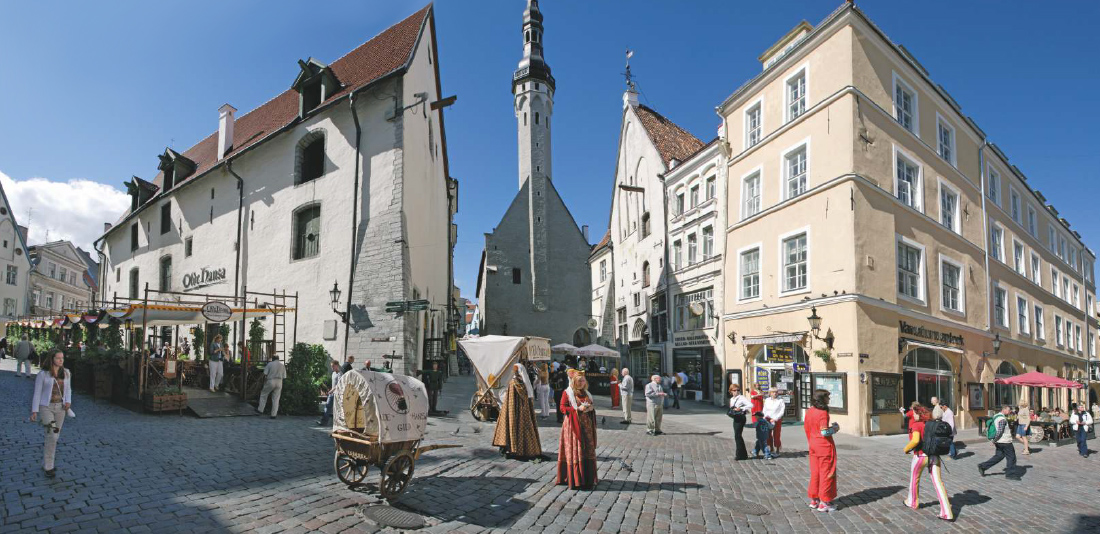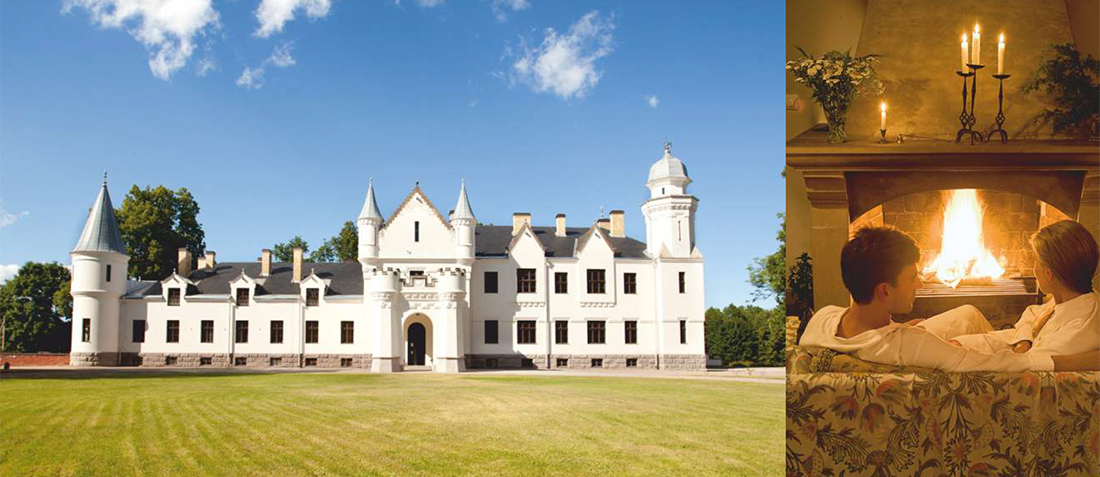





































A DAY TRIP TO ROMANTIC TOWN OF HAAPSALU - Haapsalu Promanade, photo by Ken Oja(4)
Slaid-010-2024
00100.jpg
00000120.jpg
00123.jpg
We-like-to-dance.jpg
Slaid-009-2024
Slaid-008-2024
Spring
Tallinn_night
S011
CANOEING ON THE KEILA RIVER_2
Tallinn Old Town_Kaupo Kalda(1)
Keila-Joa waterfall
CANOEING ON THE KEILA RIVER_1
A DAY TRIP TO ROMANTIC TOWN OF HAAPSALU - Haapsalu Promanade, photo by Ken Oja(4)
Winter
Treppoja
Lahemaa
S010
S012
S025
Winter 2
Winter 3
Soomaa2
Soomaa
Slaid-007-2-2024
We-like-to-dance.jpg
001111.jpg
Unexpected-meeting.jpg
Autumn-in-Kadriorg-park.jpg
Our-forests-are-rich-in-animal-species.jpg
Weekend-in-Rocca-al-Mare-museum-Tallinn.jpg
Tallinn-skyscrapers.jpg
Tallinn-Old-town-belongs-to-UNESCO-heritage-list.jpg
About-300-cruise-ships-visit-Tallinn-harbour-yearly.jpg
Unexpected-meeting.jpg
000003-jaht
LEISURE
Estonian Holidays is offering tailor made itineraries and travel services for leisure groups and individual travellers.
We mostly work b2b, but welcome also the end customers.
Take a look at our offers for guaranteed escorted tours - view PDF
3 Baltic countries – Estonia, Latvia and Lithuania

Estonia, Latvia and Lithuania are known as the Baltic countries, this may give an impression of one homogenous region. In fact there are much more differences than similarities between these three countries when it comes to the culture, history, religion... or just look at the architecture of the capitals: cozy medieval city heart of Tallinn, Riga's noble art nouveau quarters, glitzy baroque cathedrals in Vilnius. All that makes an itinerary for a most fascinating trip full of surprises.
Baltic sea capitals – Tallinn, St.Petersburg, Helsinki, Stockholm, Riga

The Baltics is truly one of the most fascinating regions in the world, representing a captivating array of imperial treasures and spectacular scenery. The Baltic Sea Region comprises 11 nations and more than 100 million inhabitants. The Baltic Sea Region shares many historical ties, which often are symbolized by the legacy of the Hanseatic League around the Baltic Sea.
Today the Baltic Sea capitals are connected by numerous cruise and ferry lines making the visits comfortable and accessible. The modern ships offer all conveniences and besides that also entertainment and shopping possibilities. St. Petersburg can be reached also by train from Helsinki or Tallinn.
TREASURES OF ESTONIA
Tallinn – medieval capital

The Old Town of Tallinn – with its long city wall, cobblestone streets, church spires and numerous medieval houses – is a fabulous place to visit. Visiting the Old Town of Tallinn is entering a separate world. It is spread on a sufficiently big territory to take you completely in and to take centuries back. The strong influence of Hanseatic architecture can be explained by Tallinn belonging to the Hanseatic League since 1285. Since 1997, the Old Town of Tallinn has been on UNESCO's World Heritage list.
History and architecture

Estonia is a small country with rich history. Being on the crossroads meant numerous conquests and occupations that have their reflections in architecture. German merchants dwelling-houses, Scandinavian seafarers churches, Livonian bishops fortresses, onion domes of Russian orthodox churches. Estonia has more than 500 manor houses dating back to 16th-19th centuries, about 100 of them are renovated to their former glory and in use, many of them as museums or hotels and spas. As a rule manor houses are surrounded by beautiful nature, located on the seashore or midst forests and lakes. Together with spa and relaxation possibilities they also offer activities in the nature in summer or in winter.
Nature

Half of the Estonian territory is covered by forest. Besides that we have long coastline with over 2000 islands, thousands of lakes and rivers. With a population of 1,3 million and a territory of 45 000 m² there is lots of untouched nature to explore. Where else can you take a ride of 45 minutes from the heart of the city and find yourself in primeval forest or marshland.
-
Hikes in swamps – very close to Tallinn you may find yourself in the landscape that has become very rare in Europe
-
Winter activities with possibilities of skiing and skating on lakes, snow-bike safaris and sled dog expeditions
-
Canoeing on rivers and lakes and also in Tallinn bay
-
Hunting in the forest – Estonia is one of the rare European countries that besides dears and wild boars allows also hunting of wolves and bears
National heritage



